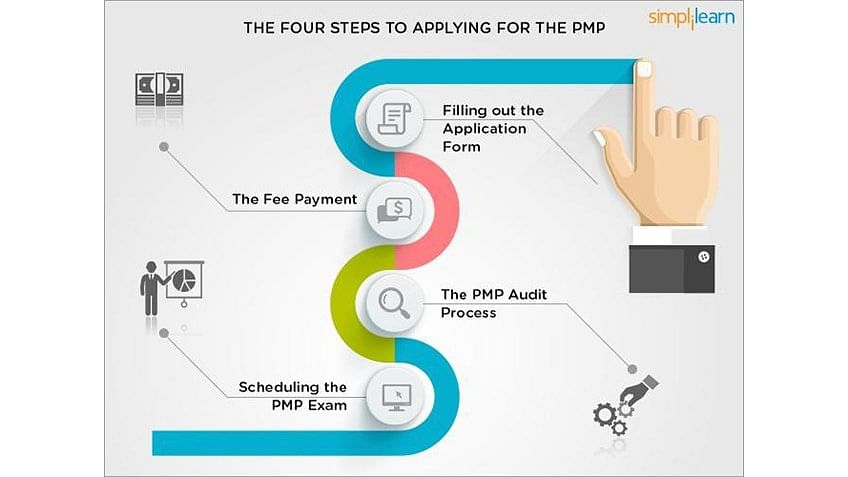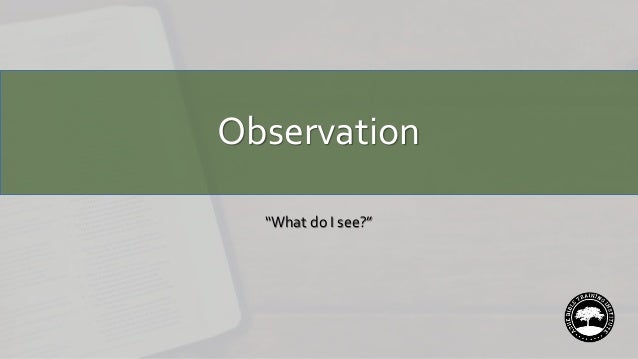


Once you’ve got a handle on these things, you’re set for resource estimation. You’ll also need the activity list that you created earlier, and you’ll need to know how your organization typically handles resources. If you are starting to plan in January, a June wedding is harder to plan than one in December, because the wedding halls are all booked up in advance. You’ll need to know this before you can finish planning your project. Don’t forget that some resources, like consultants or training rooms, have to be scheduled in advance, and they might only be available at certain times. Resource availability includes information about what resources you can use on your project, when they’re available to you, and the conditions of their availability. Before you can assign resources to your project, you need to know their availability. Every activity in your activity list needs to have resources assigned to it. Resources are people, equipment, place, money, or anything else that you need in order to do all of the activities that you planned for. We need food, flowers, a cake, a sound system, and a venue. In comparison, Steve realizes that not all resources are people: “And it’s not just people. I’m totally overwhelmed.” From this statement it is clear that Susan is worried about human resources. “We’ve got so much to do! Invitations, catering, music… and I’ve got no idea who’s going to do it all. Before you can put the final schedule together, you need to know who is going to do each job, and the things they need so they can do it. Getting a handle on all of the tasks that have to be done is a great start, but it’s not enough to know the tasks and the order they come in. In the previous wedding case study, it is clear that Steve and Susan have resource problems. This is one of the topics I covered in my book - " Scrum Insights For Practitioners: The Scrum Guide Companion".Adrienne Watt TAP-a-PM Project Management Open Resources Merrie Barron Andrew Barron and David Wiley, et al.Ĭlick play on the following audio player to listen along as you read this section.
#OBSERVE INTERPRET APPLY PMP MANAGEMENT SOFTWARE#
This results in faster time to market, better delivery predictability, increased customer responsiveness, ability to change direction by managing changing priorities, enhanced software quality, and improved risk management. Scrum works not because it has three roles, five events, and three artifacts but because it adheres to the underlying Agile principles of iterative, value-based incremental delivery by frequently gathering customer feedback and embracing change.


The adaptation should eventually relay back to one of the reasons for adapting Agile-for example, faster time to market, increased return on investment through value- based delivery, reduced total cost of ownership through enhanced software quality, and improved customer and employee satisfaction. Everyone in the organization must ask this question regularly: Are we better off than yesterday? For profit-based organizations, the value is represented in terms of profit. Adaptation: Adaptation in this context is about continuous improvement, the ability to adapt based on the results of the inspection.If the customer changes the requirements during inspection, the team does not complain but rather adapts by using this as an opportunity to collaborate with the customer to clarify the requirements and test out the new hypothesis. For example, the team openly and transparently shows the product at the end of each Sprint to the customer in order to gather valuable feedback. The inspection can be done for the product, processes, people aspects, practices, and continuous improvements. Inspection: Inspection in this context is not an inspection by an inspector or an auditor but an inspection by every- one on the Scrum Team.Everyone strives and collectively collaborates for the common organizational objective, and no one has any hidden agenda. They all trust each other, and they have the courage to keep each other abreast of good news as well as bad news. All people involved-the customer, the CEO, individual contributors-are transparent in their day-to-day dealings with others. Transparency: This means presenting the facts as is.The three pillars of empiricism are as follows: Scrum implements an empirical process where progress is based on observations of reality, not fictitious plans. Scrum also places great emphasis on mind-set and cultural shift to achieve business and organizational Agility. Empiricism means working in a fact-based, experience-based, and evidence-based manner.


 0 kommentar(er)
0 kommentar(er)
